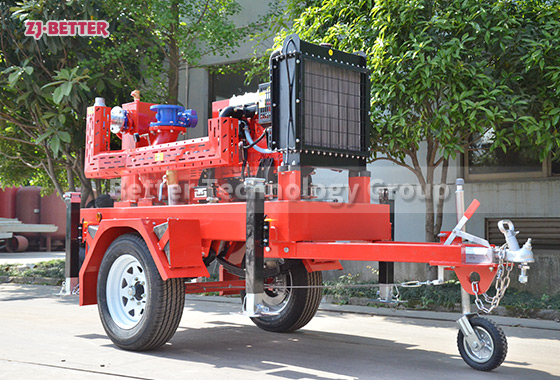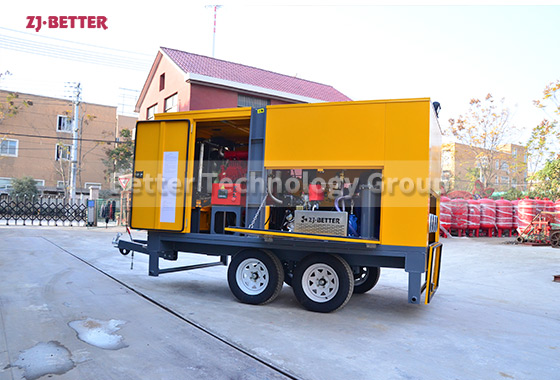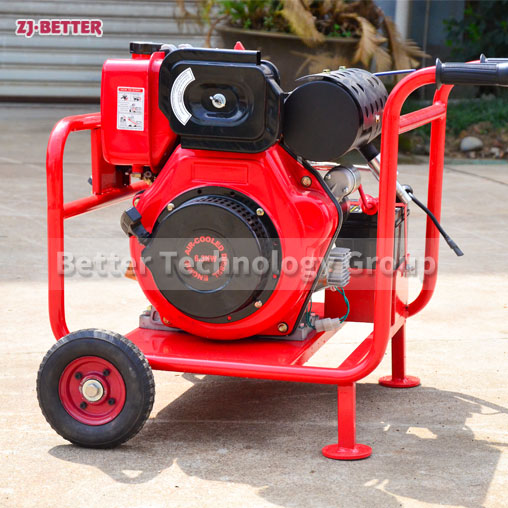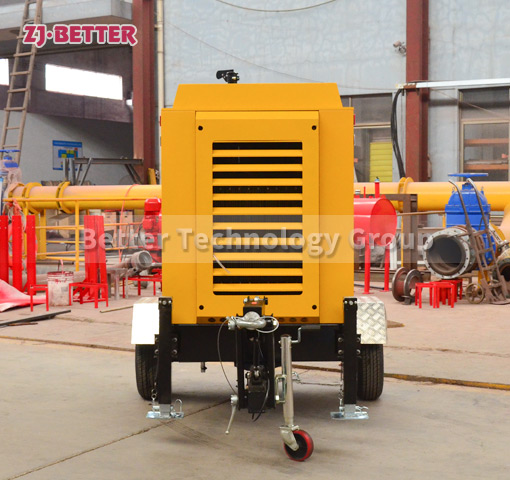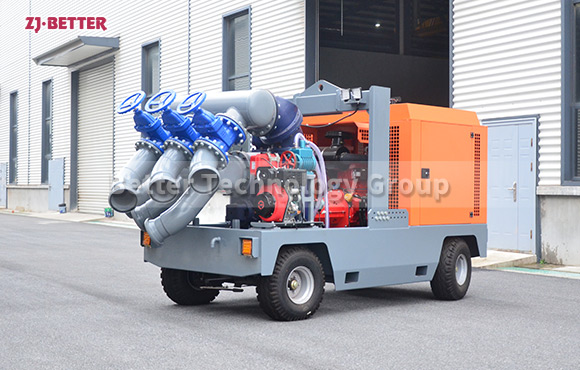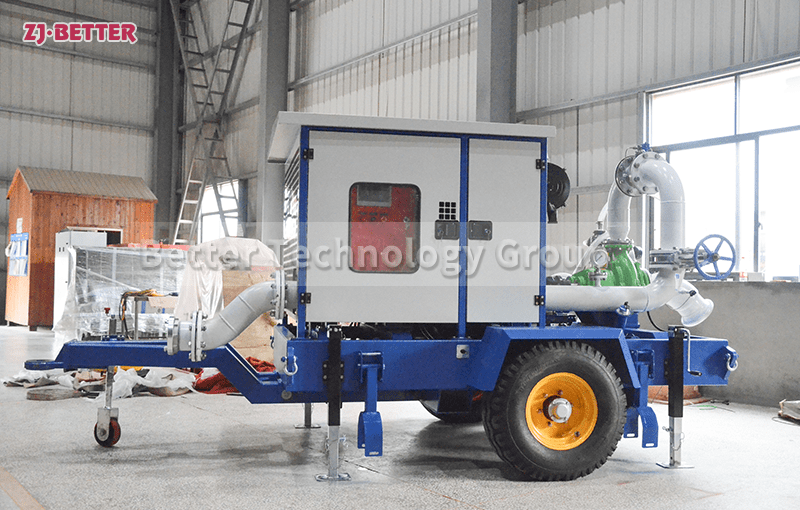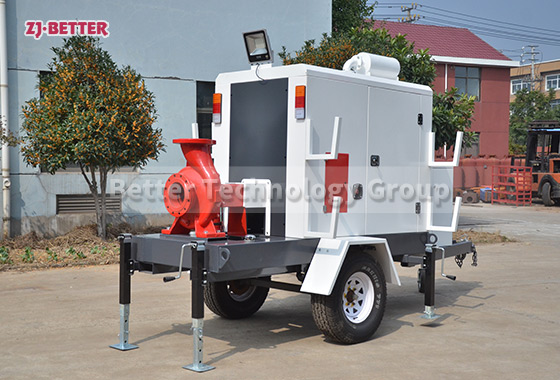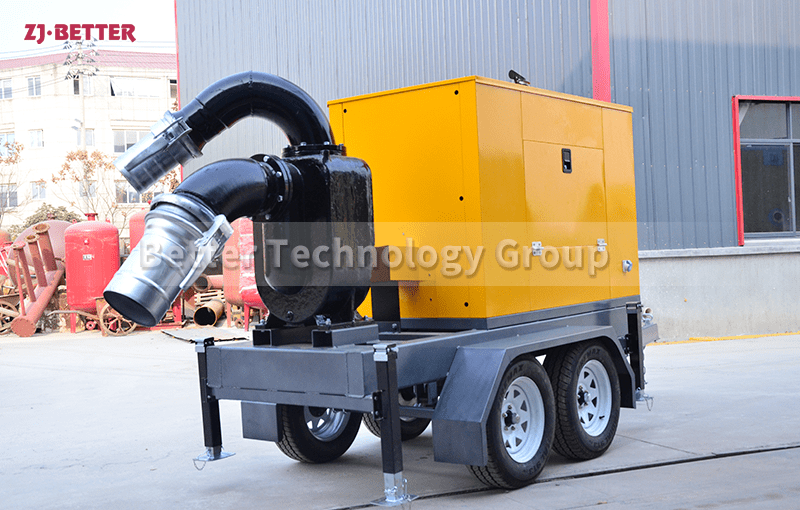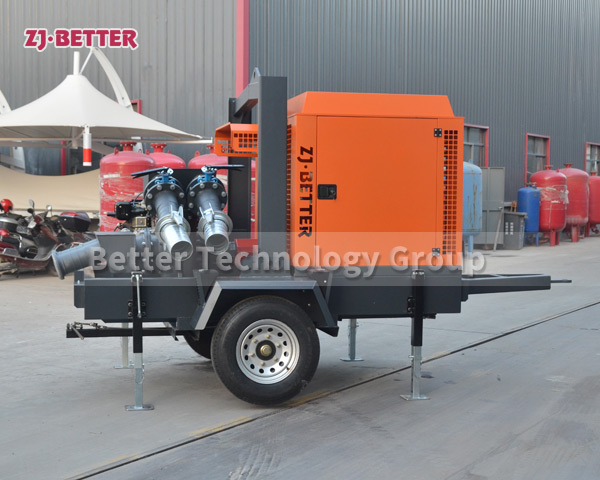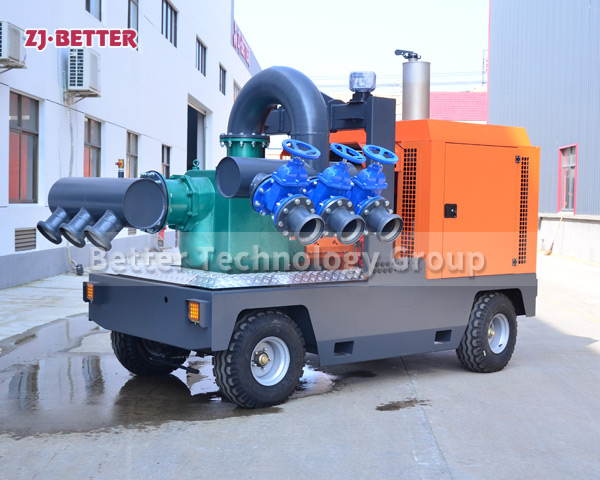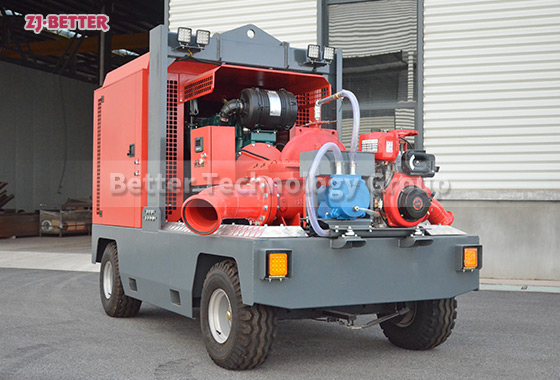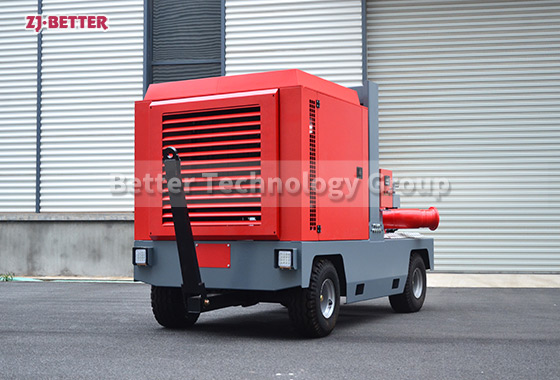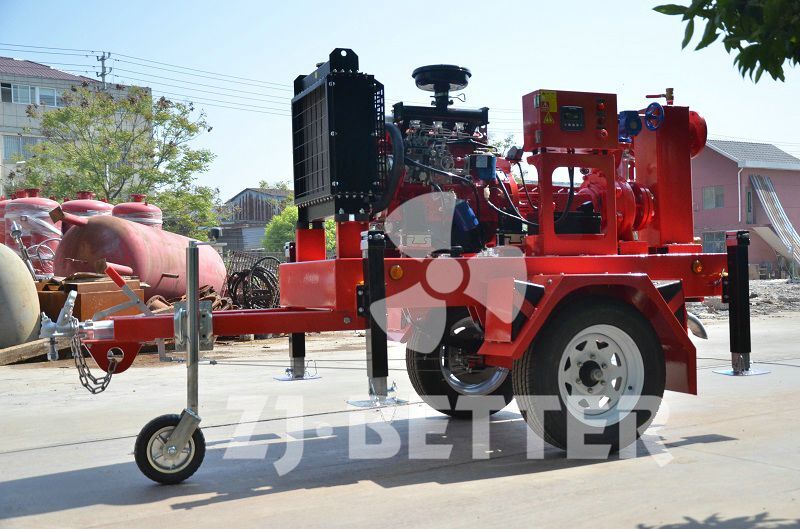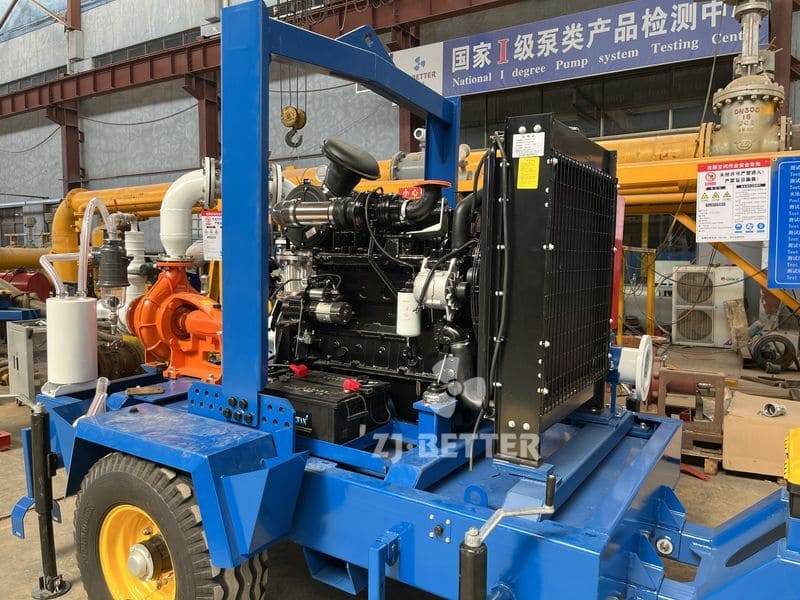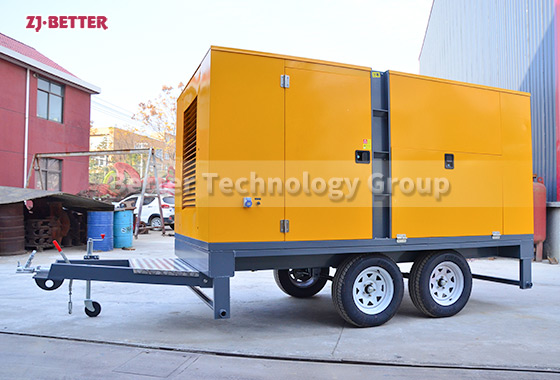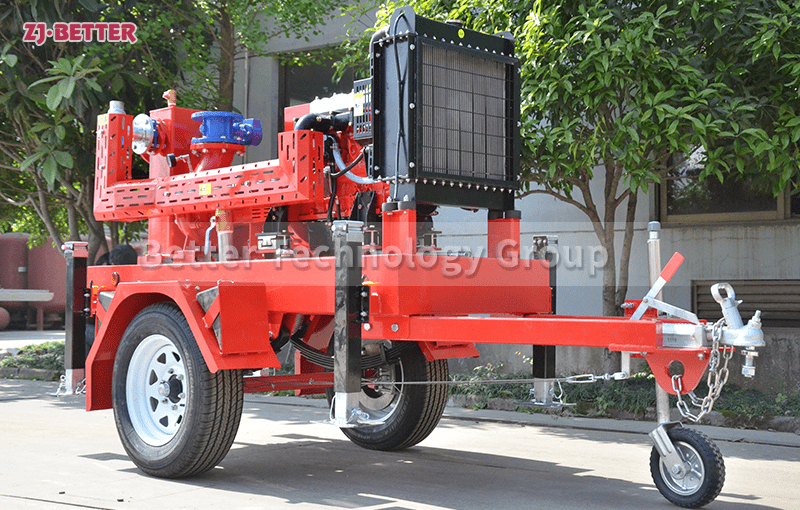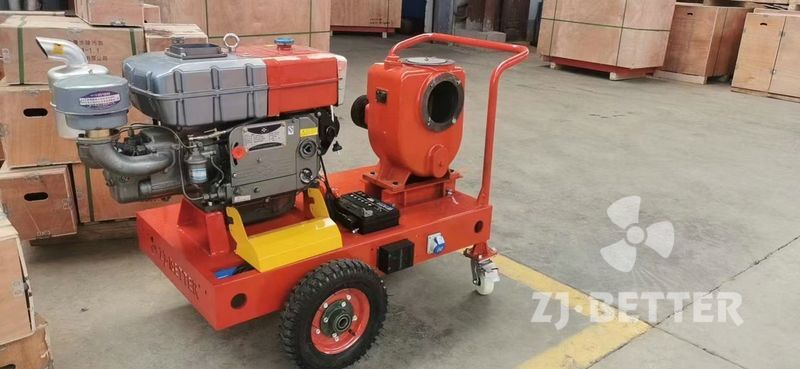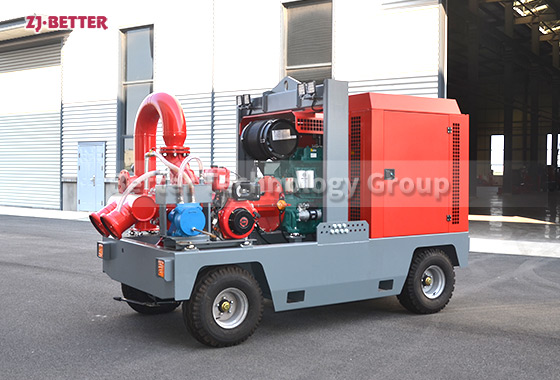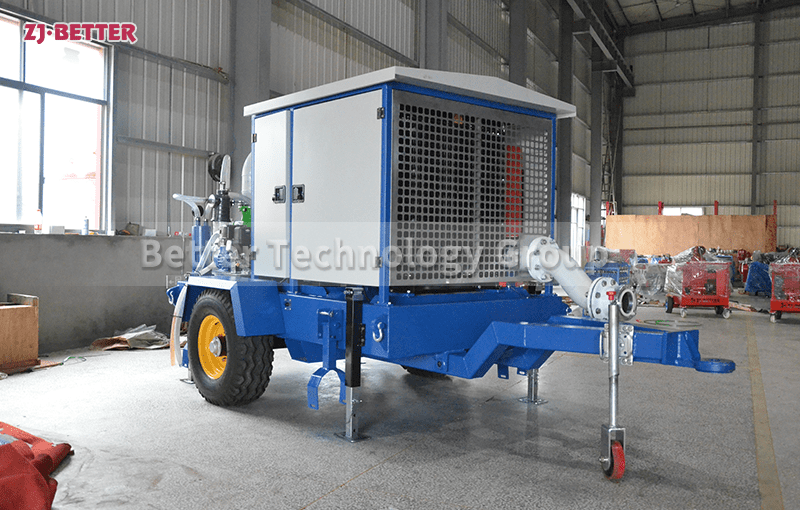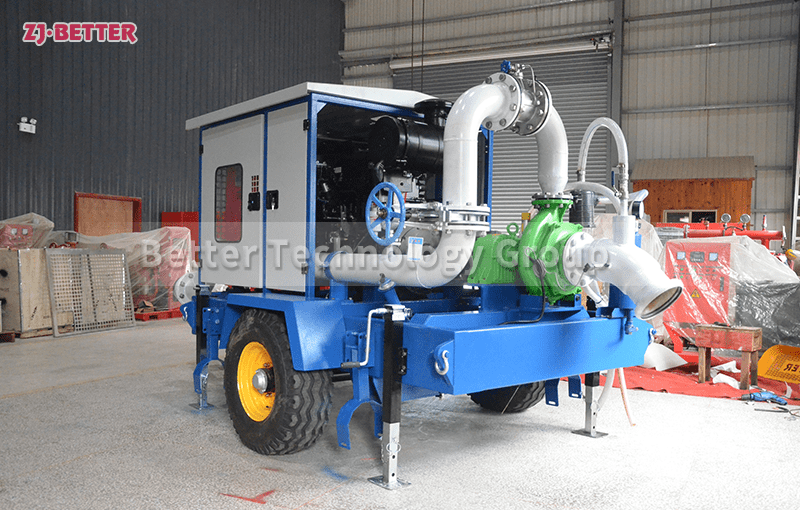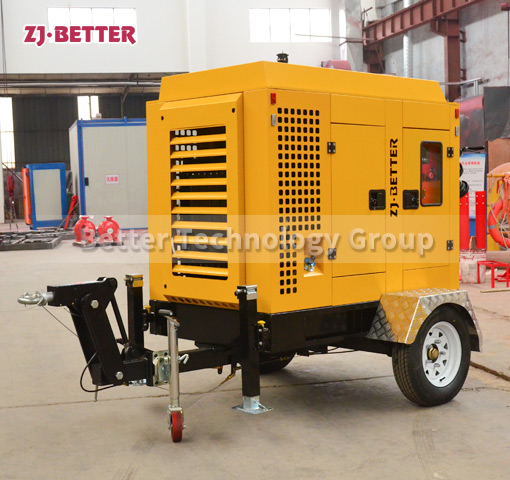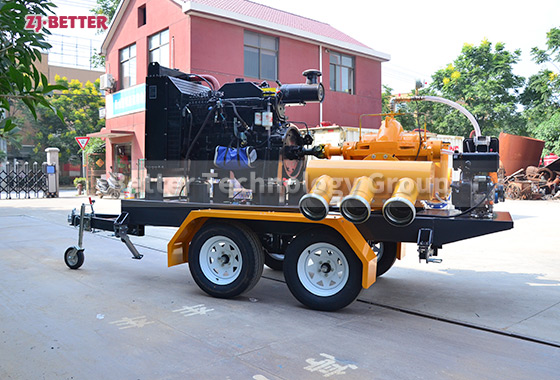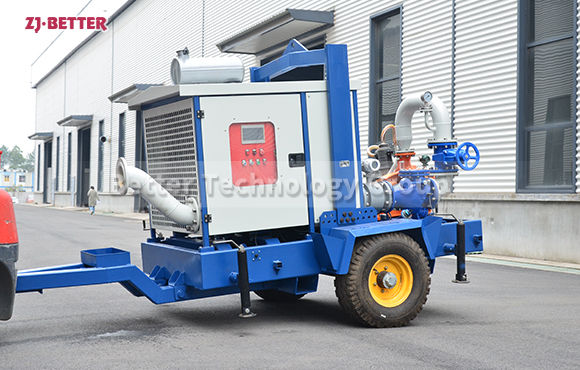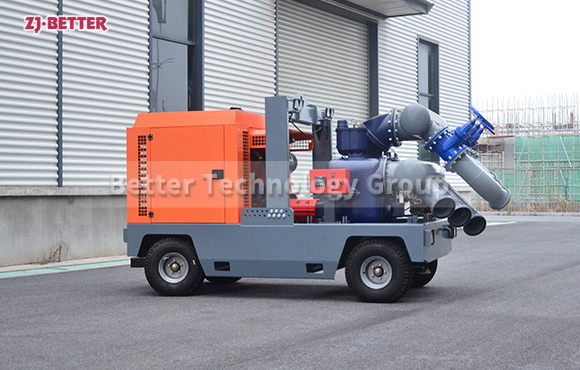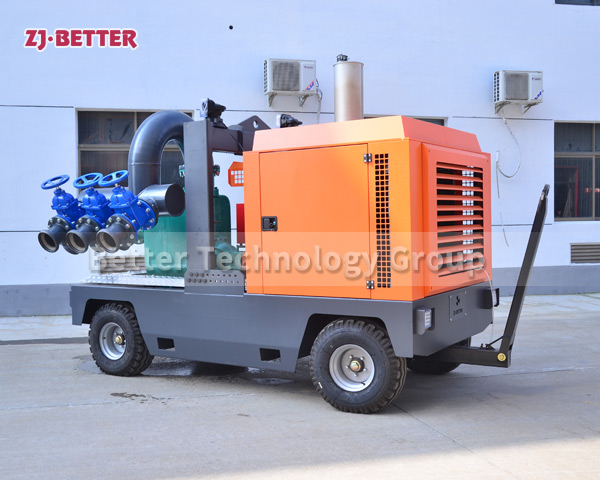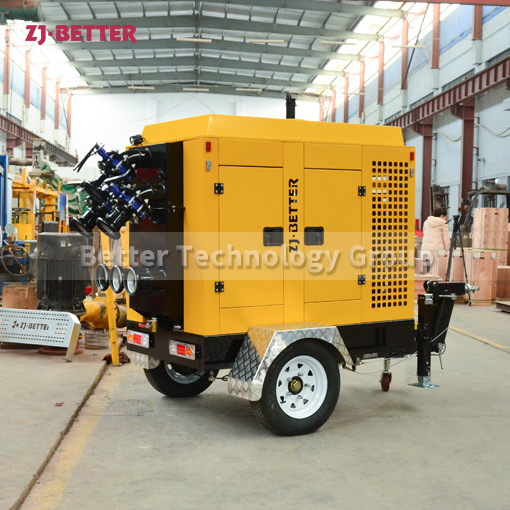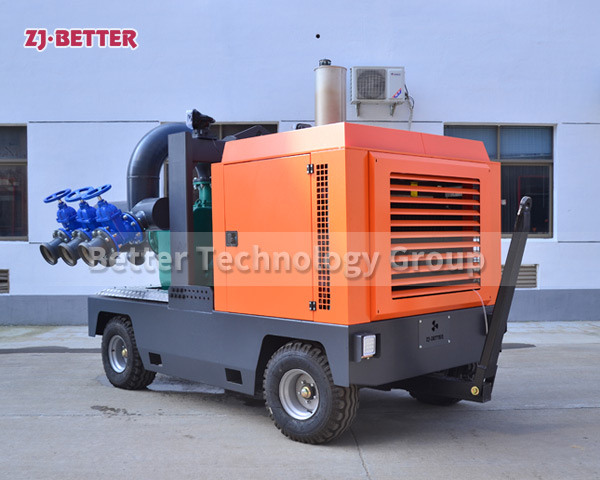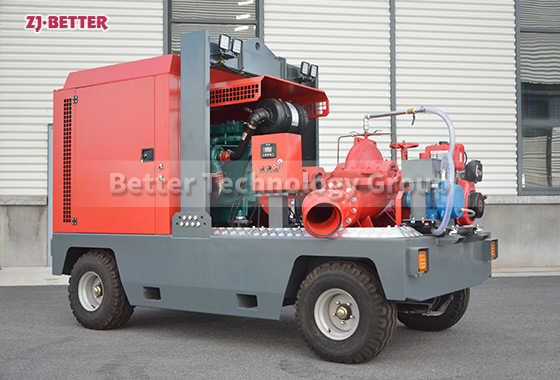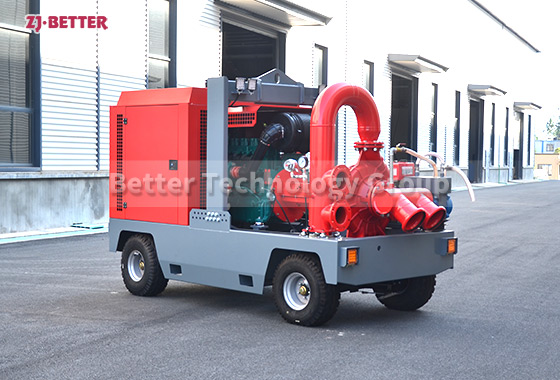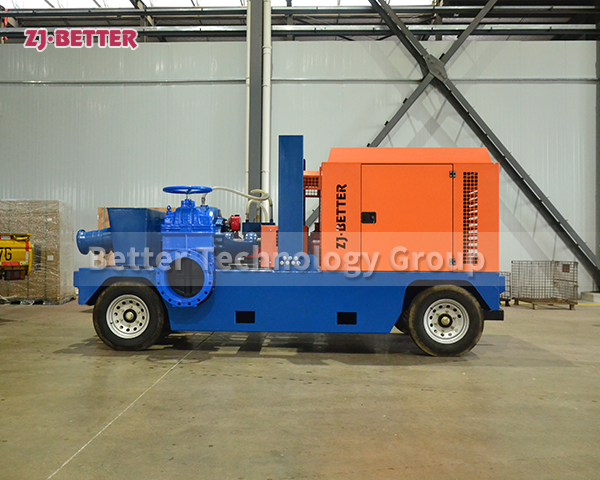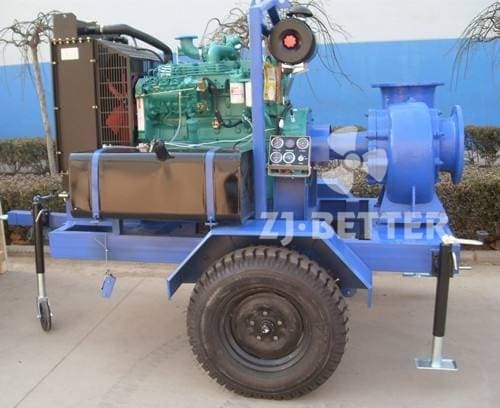The main purpose of the mobile pump truck
The main purpose of a mobile pump truck, also known as a fire pump truck or fire engine, is to provide a mobile and versatile firefighting solution. These trucks are specifically designed and equipped to transport firefighting equipment and personnel to the scene of a fire or emergency. The primary purpose of a mobile pump truck is to deliver water or firefighting agents to suppress fires effectively and provide support during emergency situations. Here are some key purposes and functionalities of a mobile pump truck:
Fire Suppression: The primary purpose of a mobile pump truck is to suppress fires. It is equipped with a pump system that can draw water from various sources, such as hydrants, rivers, or water tanks, and deliver it to the fire through hoses and nozzles. The pump system provides the necessary pressure to effectively extinguish flames and control the spread of fire.
Rapid Response: Mobile pump trucks are designed to be highly maneuverable and quickly respond to fire incidents. They are equipped with sirens, lights, and other emergency warning systems to alert others and clear the way to the incident location. These trucks are staffed with trained firefighters who can promptly assess the situation, initiate firefighting operations, and provide initial aid to affected individuals.
Water Supply: In addition to their firefighting capabilities, mobile pump trucks can also serve as a mobile water supply. They can transport large quantities of water to areas with limited or no water infrastructure. This is particularly valuable in rural areas, construction sites, or remote locations where a water source may not be readily available.
Equipment Storage and Deployment: Mobile pump trucks are designed with compartments and storage areas to carry firefighting equipment, such as hoses, nozzles, ladders, and tools. These trucks provide a convenient means of transporting and organizing the necessary firefighting gear. Firefighters can easily access and deploy equipment when they arrive at the scene, enhancing operational efficiency and effectiveness.
Emergency Response Coordination: Mobile pump trucks often serve as command centers during emergency situations. They provide a centralized location for incident management, coordination of resources, and communication with other emergency responders. The trucks may be equipped with communication systems, computers, and mapping tools to facilitate real-time information exchange and decision-making.
Rescue Operations: Mobile pump trucks are not limited to firefighting alone. They can also be equipped with rescue equipment, such as hydraulic tools, ropes, and stretchers, to assist in extrication and rescue operations. These trucks enable firefighters to provide emergency medical assistance, conduct search and rescue operations, and address hazardous situations.
Mobile pump trucks are versatile and essential vehicles in firefighting and emergency response. They play a critical role in protecting lives, property, and the environment by delivering prompt and effective firefighting capabilities to the scene of an incident.
The main purpose of a mobile pump truck, also known as a fire pump truck or fire engine, is to provide a mobile and versatile firefighting solution. These trucks are specifically designed and equipped to transport firefighting equipment and personnel to the scene of a fire or emergency. The primary purpose of a mobile pump truck is to deliver water or firefighting agents to suppress fires effectively and provide support during emergency situations. Here are some key purposes and functionalities of a mobile pump truck:
- Fire Suppression: The primary purpose of a mobile pump truck is to suppress fires. It is equipped with a pump system that can draw water from various sources, such as hydrants, rivers, or water tanks, and deliver it to the fire through hoses and nozzles. The pump system provides the necessary pressure to effectively extinguish flames and control the spread of fire.
- Rapid Response: Mobile pump trucks are designed to be highly maneuverable and quickly respond to fire incidents. They are equipped with sirens, lights, and other emergency warning systems to alert others and clear the way to the incident location. These trucks are staffed with trained firefighters who can promptly assess the situation, initiate firefighting operations, and provide initial aid to affected individuals.
- Water Supply: In addition to their firefighting capabilities, mobile pump trucks can also serve as a mobile water supply. They can transport large quantities of water to areas with limited or no water infrastructure. This is particularly valuable in rural areas, construction sites, or remote locations where a water source may not be readily available.
- Equipment Storage and Deployment: Mobile pump trucks are designed with compartments and storage areas to carry firefighting equipment, such as hoses, nozzles, ladders, and tools. These trucks provide a convenient means of transporting and organizing the necessary firefighting gear. Firefighters can easily access and deploy equipment when they arrive at the scene, enhancing operational efficiency and effectiveness.
- Emergency Response Coordination: Mobile pump trucks often serve as command centers during emergency situations. They provide a centralized location for incident management, coordination of resources, and communication with other emergency responders. The trucks may be equipped with communication systems, computers, and mapping tools to facilitate real-time information exchange and decision-making.
- Rescue Operations: Mobile pump trucks are not limited to firefighting alone. They can also be equipped with rescue equipment, such as hydraulic tools, ropes, and stretchers, to assist in extrication and rescue operations. These trucks enable firefighters to provide emergency medical assistance, conduct search and rescue operations, and address hazardous situations.
Mobile pump trucks are versatile and essential vehicles in firefighting and emergency response. They play a critical role in protecting lives, property, and the environment by delivering prompt and effective firefighting capabilities to the scene of an incident.

